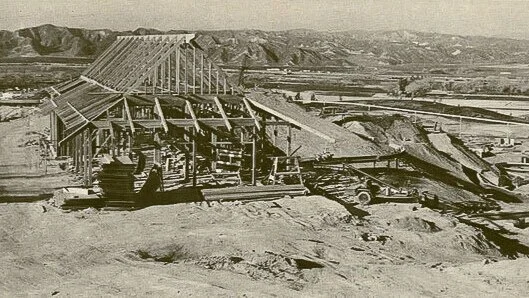
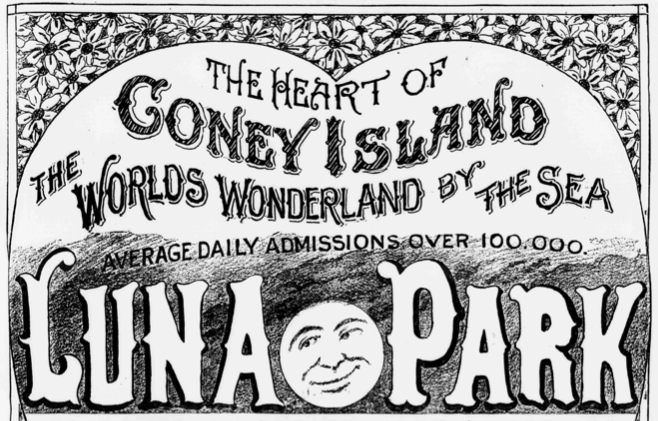
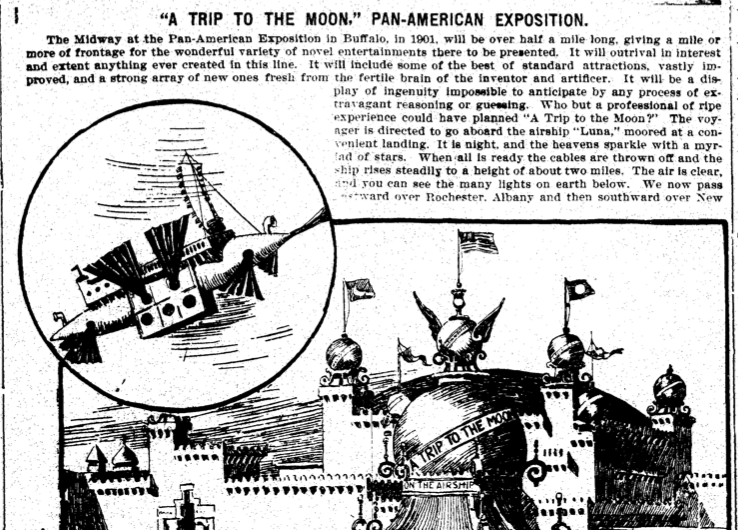
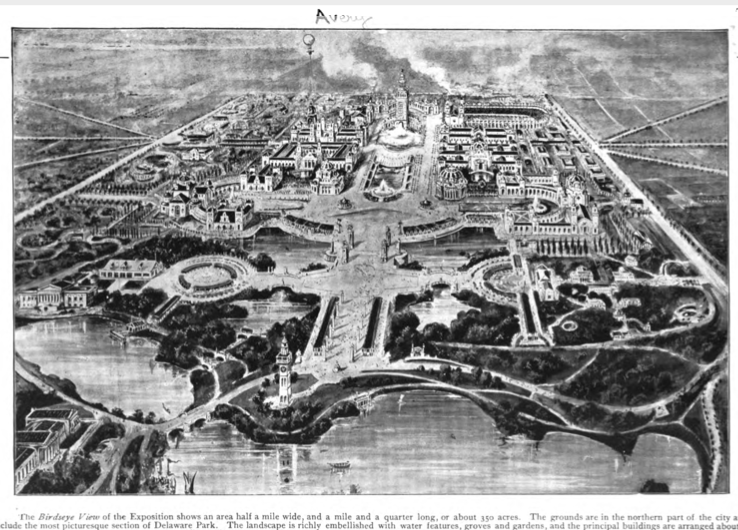
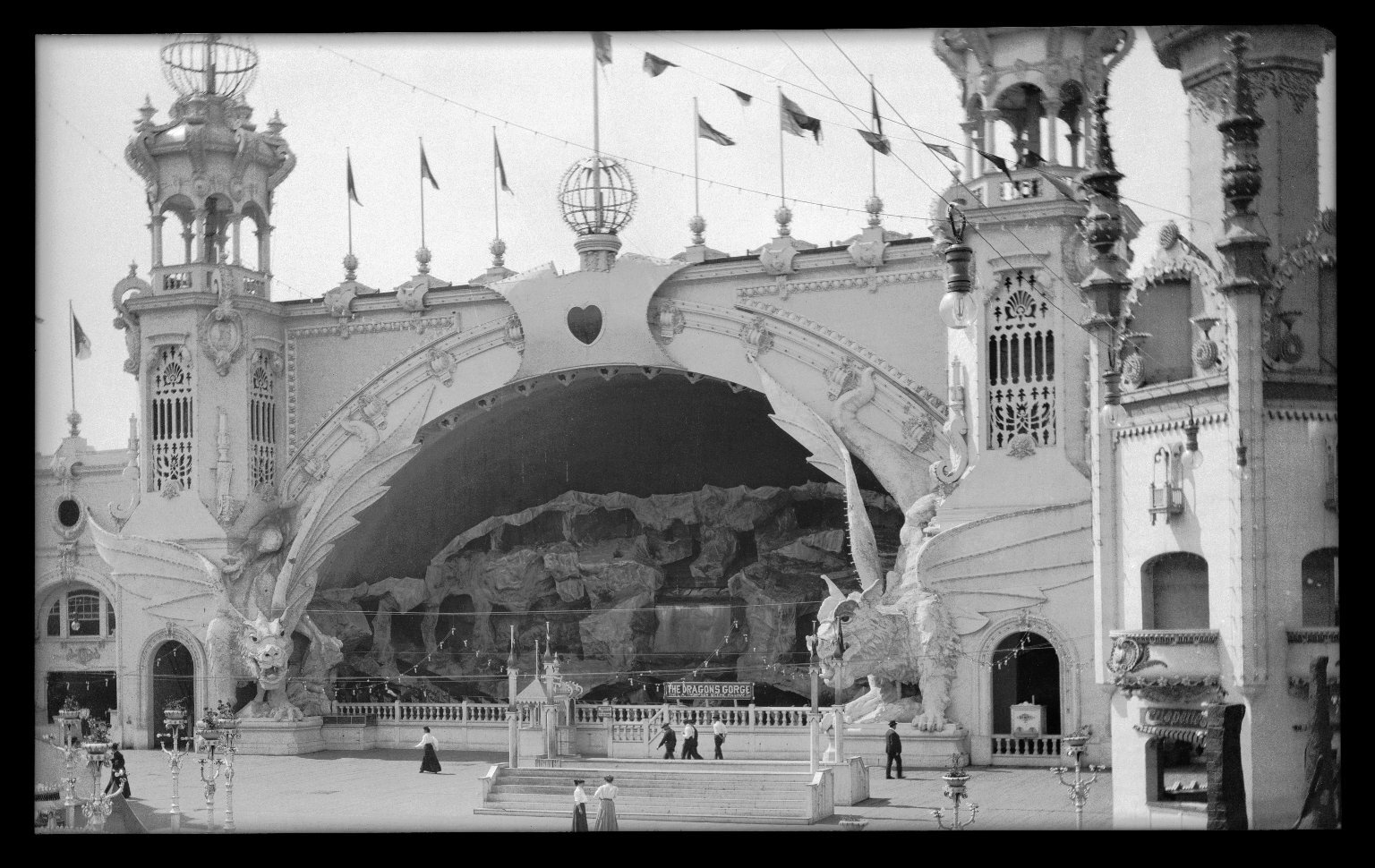
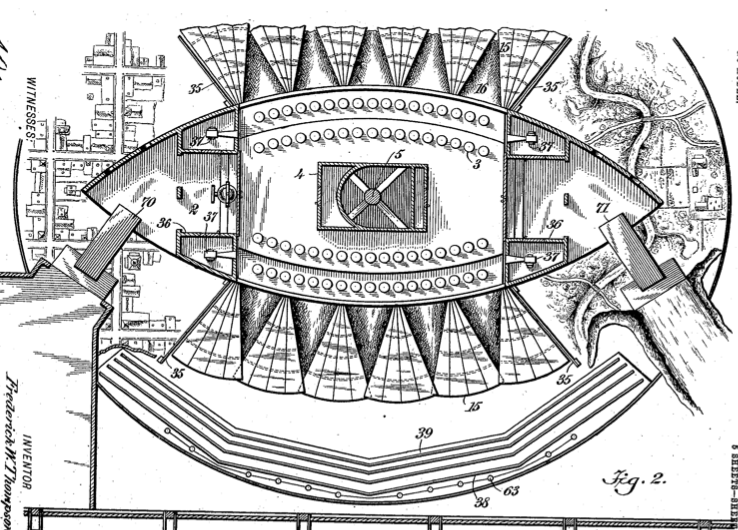
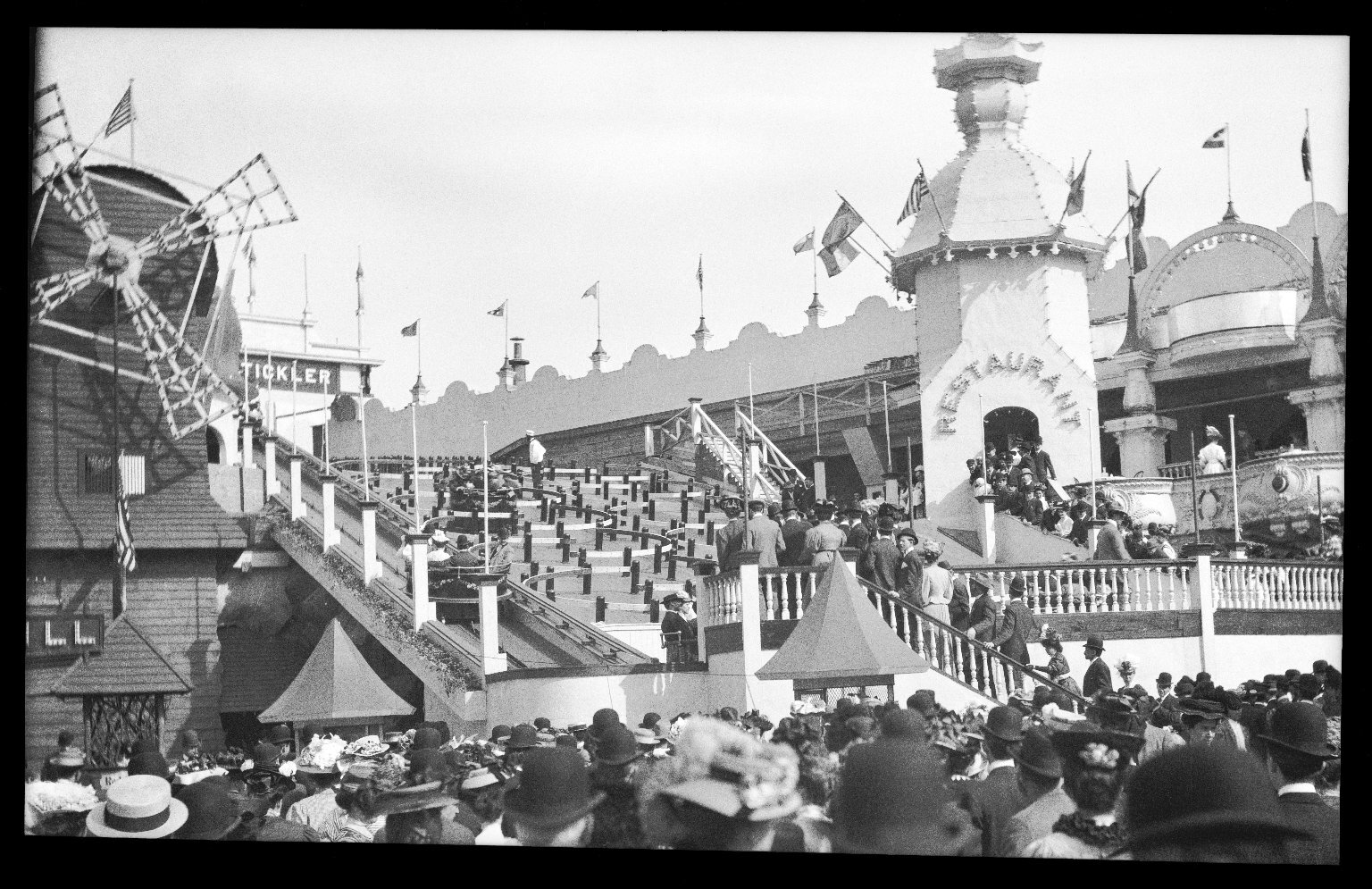
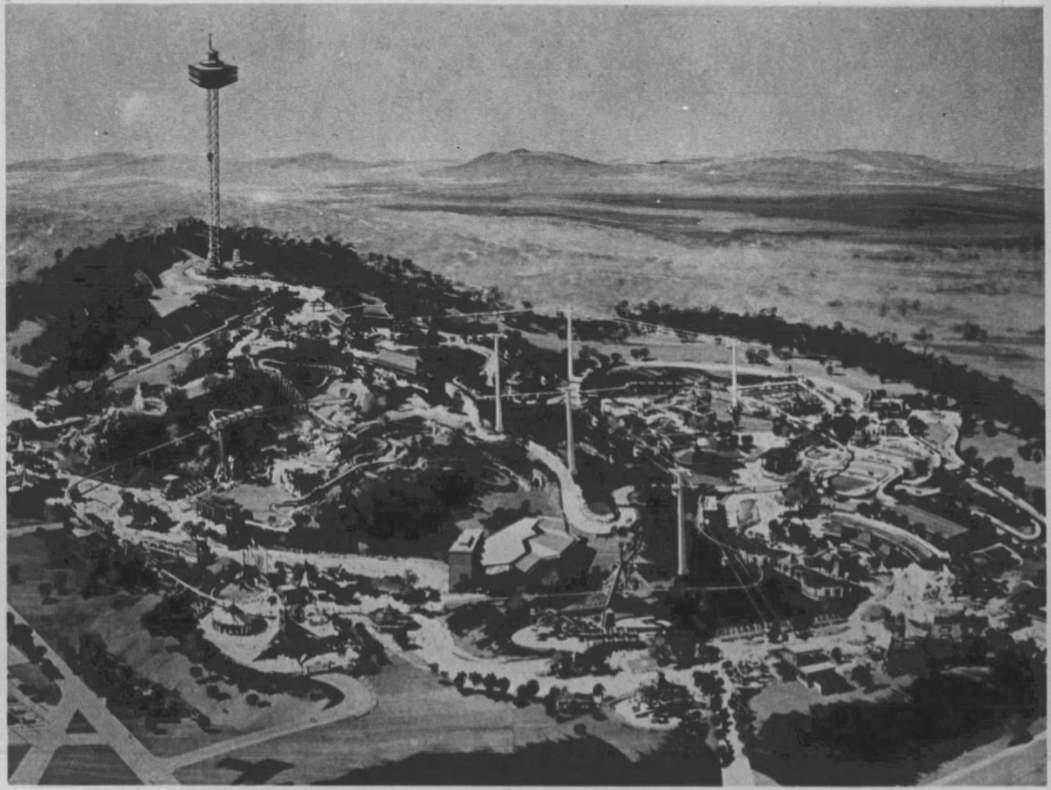
Welcome to The Amusement Archives, the latest addition to Jahaungeer!
The Amusement Archives is a research project that combines my interest in history with a lifelong admiration and involvement around theme parks. This project is my attempt to study the individuals and creations that contributed to our modern concept of a theme park.
The Amusement Archives will feature original research on three main topics:
Amusement parks and theme parks
Rides and attractions, and the people who created them
The development of “theming”
I don’t pretend to be a professional or an expert in this space. But I hope to do the work and tell limited stories on people, parks, themes, rides, and moments across over a century of theme park history.
I hope you find this idea interesting and enjoy the stories I tell. Thank you!
- Jahaungeer
New Posts
On May 29, 1971, Magic Mountain opened its gates to the public for general operation. Though reviews in the papers depicted an unfinished park (five rides weren’t yet running on opening day), guests soon found their way to the favorite rides and entertainment acts. The park would break even at the end of the first season, but suffer the sudden departure of a key partner.
In the Spring of 1971, construction on Sea World and Newhall Land & Farm Company’s joint venture Magic Mountain was racing to finish on time. Perhaps due to a late start or the ambitious nature of the project, the Valencia construction site was abuzz with coordinated chaos. In this chapter, learn about what it took to raise Magic Mountain, including ride construction, landscaping, food preparations, setbacks, and of course, the efforts to staff the new park.
In 1968, Sea World Inc. began development on a new, rides-based theme park project for southern California. After searching for a place to build, Sea World CEO George Millay would partner with the Newhall Land & Farm Company to build this new park on a hilltop in Valencia, California. Learn ‘why there?’, and read about other leaders in the park’s early development, the project’s design goals, and early challenges to the theme park. Chapter 1 of a multi-part series on the history of Six Flags Magic Mountain.
In 1909, New York City Mayor George McClellan threatened to close down Coney Island amusement parks on Sundays, citing an old blue law promoting a "day of rest". Coney Island's amusement proprietors would band together and fight for the right to operate, in a story about the growing role of recreation in America.
A third "Dragon Gorge" ran for over a decade at Revere Beach, in Massachusetts. However, the Thompson Scenic Railway Company would eventually abandon the amusement over high taxes and low profits. Meanwhile, Coney Island's Gorge would coast on until a tragic, blazing inferno finally brought it down.
In 1911, a second "Dragon Gorge", larger and more ambitious than the Luna original, was built in Ocean Park, California. The ride and surrounding building quickly became an amusement icon, enjoying nearly two full seasons before a fiery tragedy struck.
The Dragon’s Gorge was an indoor, themed roller coaster created for Coney Island’s Luna Park in 1905. This post, the first of three, will explore inventor La Marcus Thompson’s concept behind The Dragon’s Gorge, the ride experience, and its early history at Luna.

